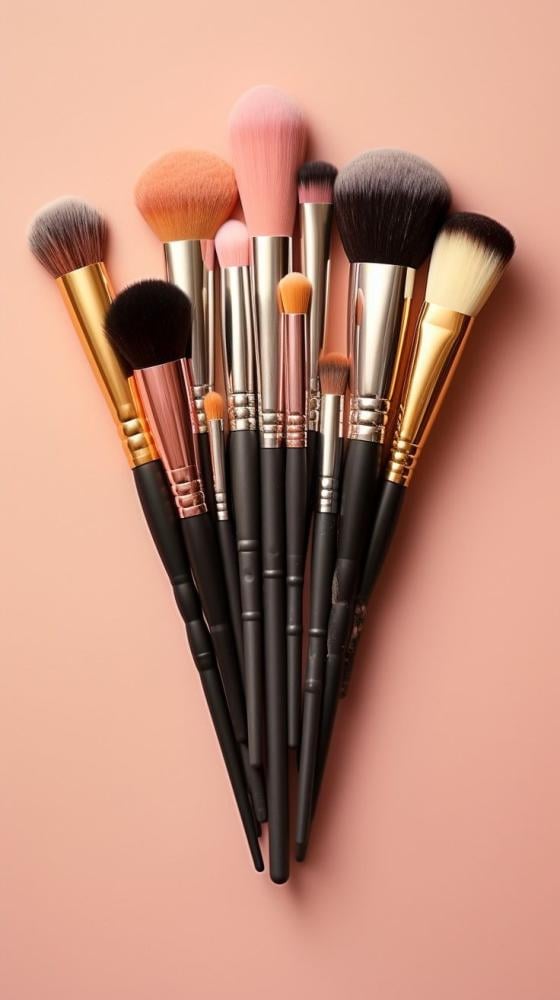The History of Beauty and Cosmetics: Makeup and cosmetics have always been an integral part of people's lives. The evolution of makeup began with copper and lead materials used by the ancient Egyptians as the first cosmetic tools in history, and has evolved into the various cosmetic products available today, which soften the skin, conceal pores, and offer other benefits. For centuries, women have used naturally occurring materials as cosmetics, such as burnt matches for eye shadow and berries for adding red color to the lips. Some harmful substances, such as arsenic, mercury, lead, and leeches, have also been used to achieve a pale complexion, which was considered a sign of beauty in the past. Fortunately, the cosmetics industry has improved to be free of toxic or deadly substances.
Safe Beauty and Makeup:
Although the purpose of cosmetics and makeup is to improve mood and enhance appearance and smell, it has been scientifically proven that they contribute to the development of cancer when exposed to certain levels. It is difficult to determine the effect of each ingredient in makeup individually. Because they contain many chemicals, there has been a link between makeup containing certain chemicals and breast cancer due to their impact on natural hormones. These include:
Parabens: A group of chemicals used as preservatives in creams, cosmetics, hair care products, and shaving gels.
Phthalates: Chemicals used to preserve the color and consistency of nail polish and hairspray. They are also found in personal care products, detergents, and perfumes. Tips for Using Makeup: It is important to use cosmetic and makeup products safely. Here are some tips for using them:
Read labels and follow usage instructions and precautions. Wash hands before using cosmetics. Do not share makeup products with others. Keep makeup containers clean and tightly closed. Discard products if their odor or color changes. Use spray bottles or pressurized containers in a well-ventilated area and away from flames.

